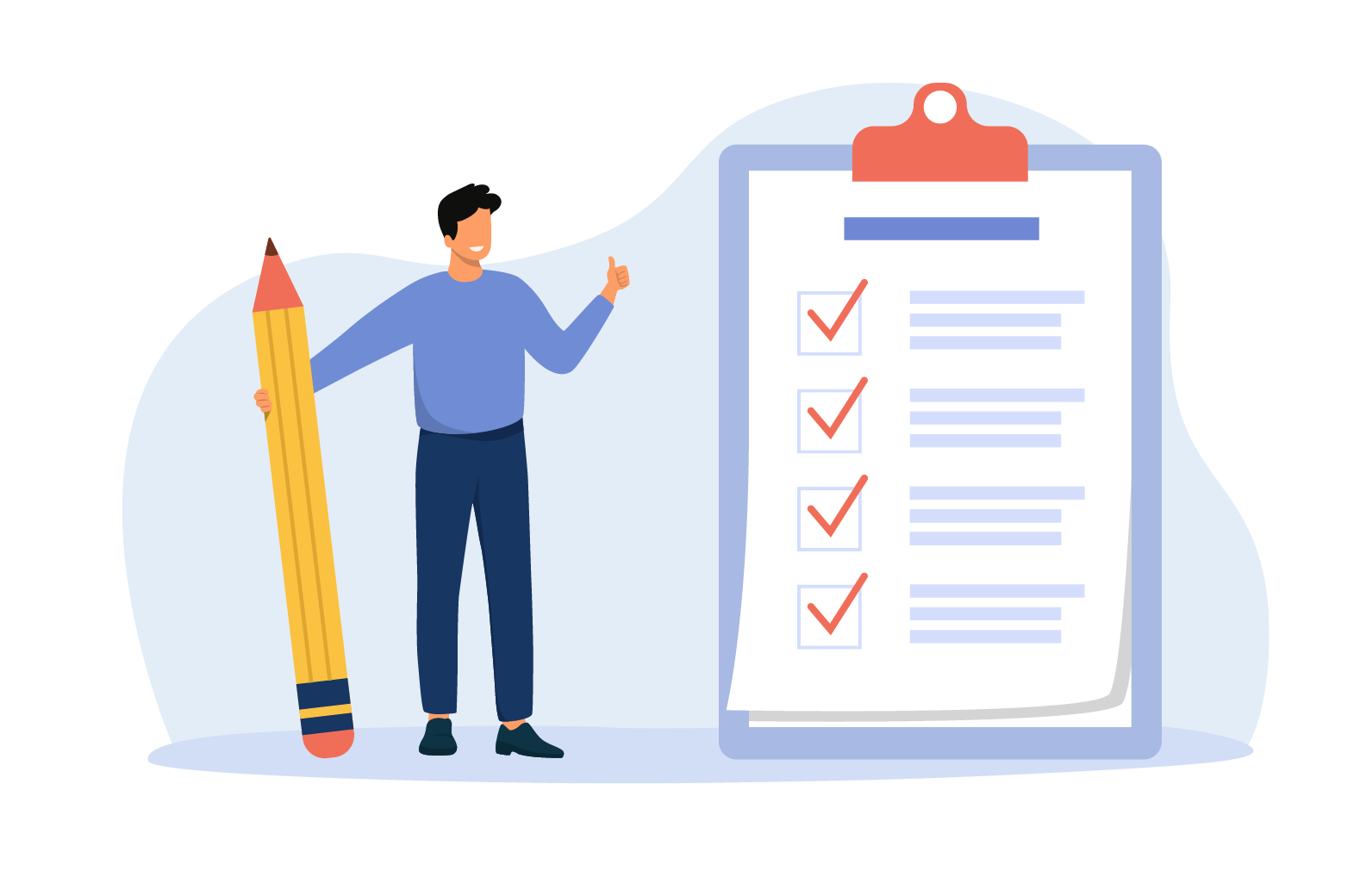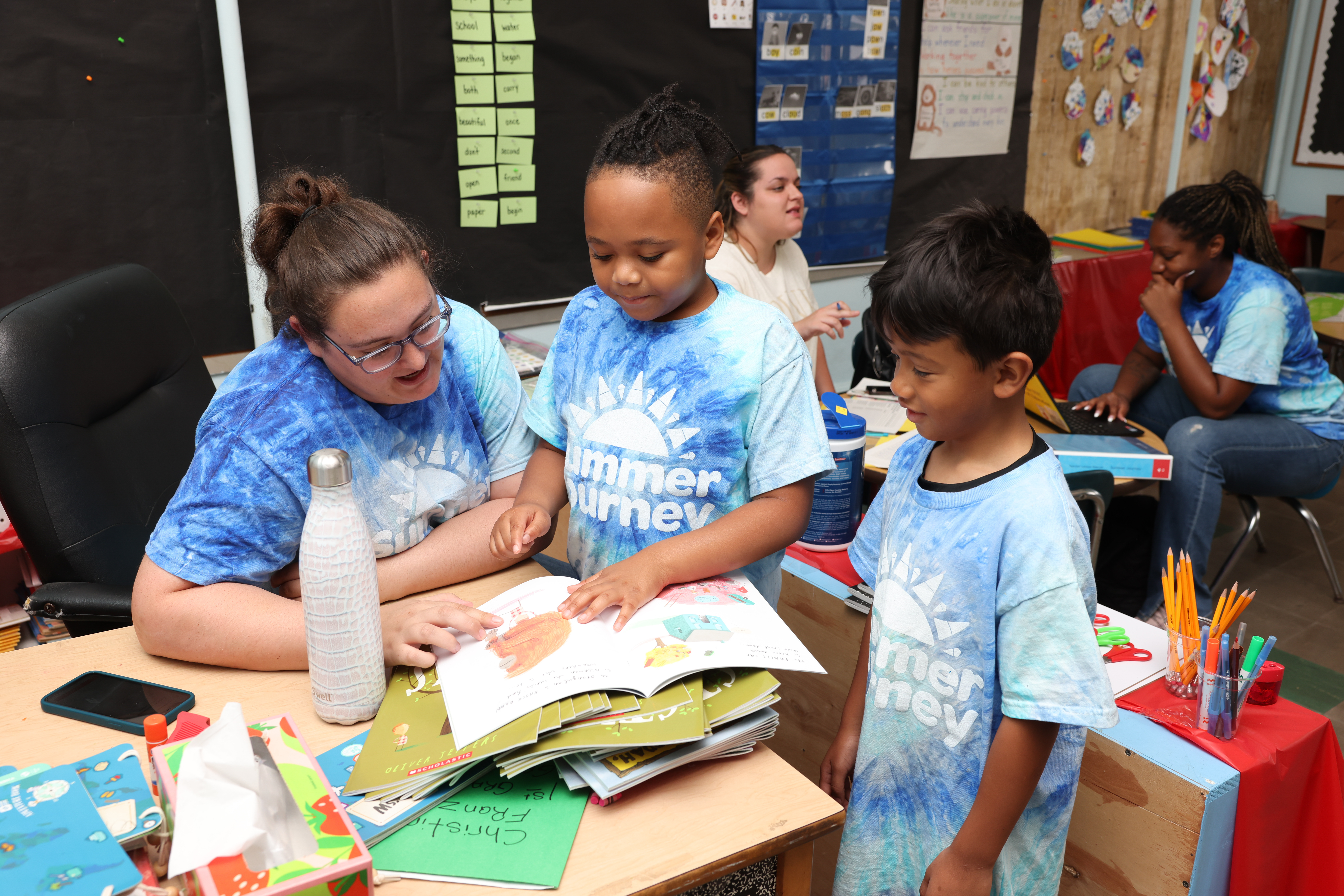What Is Blended Learning?
What is blended learning?
Education hasn’t looked the same since the pandemic as new approaches and innovations make their way into classrooms around the world. One of those approaches, which remains quite popular and effective today, is blended learning. The definition of blended learning is difficult to encapsulate, but this explanation sums it up well:
“Blended learning, also known as hybrid learning, technology-mediated instruction, web-enhanced instruction, or mixed-mode instruction, is an approach to education that combines online educational materials and opportunities for interaction online with physical place-based classroom methods.”
As a concept, blended learning has existed for decades, starting in the 1960s with corporate and higher education. The term wasn’t coined until 1999 when the American Interactive Learning Center launched internet-based teaching programs. Blended learning became widespread during the 2020-21 school year as schools reopened post-COVID, combining online work, remote and in-person instruction, and textbook learning.
What is a blended learning approach?
A blended learning approach uses digital and/or online components combined with face-to-face instruction. This often involves using tools such as Google Classroom, Khan Academy, Quizlet, and others to supplement in-person learning.
What are the key aspects of blended learning?
- Face-to-face instruction: Conducted in-person or via live virtual sessions.
- Digital learning: Incorporates online tools, videos, and interactive apps.
- Student responsibility: Encourages students to take control of their education outside the classroom.
- Integration of learning: Ensures face-to-face and digital learning complement each other.
What are examples of blended learning?
- A student takes an online course followed by in-person tutoring.
- Schools combine part-time remote learning with face-to-face instruction.
- Students collaborate in class and continue discussions via messaging apps or file-sharing services like Google Docs.
- Homework is completed and submitted online after in-person instruction.
What are the main models of blended learning?
- Flipped classroom model: Students learn content online at home and apply it during in-person sessions.
- Rotational model: Students rotate between various formats, such as online activities and small-group discussions.
- Flex model: Encourages self-paced learning with teacher support as needed.
- Face-to-face driver model: Traditional classroom learning supplemented with online tools.
- Enriched virtual model: Primarily online learning with occasional in-person sessions.
Catapult Learning’s blended learning model
Catapult Learning offers a personalized blended learning experience that integrates technology with teacher-led programs. Our model includes:
- Direct instruction: Teachers set goals and ensure students are prepared for technology-driven instruction.
- Guided instruction: Scaffolded, technology-based sessions introduce new concepts.
- Guided practice: Students apply learning with teacher or technology support.
- Independent practice: Students engage in personalized, tech-based activities.
Learn more about Catapult Learning’s programs by visiting Catapult Learning Blended Learning.


